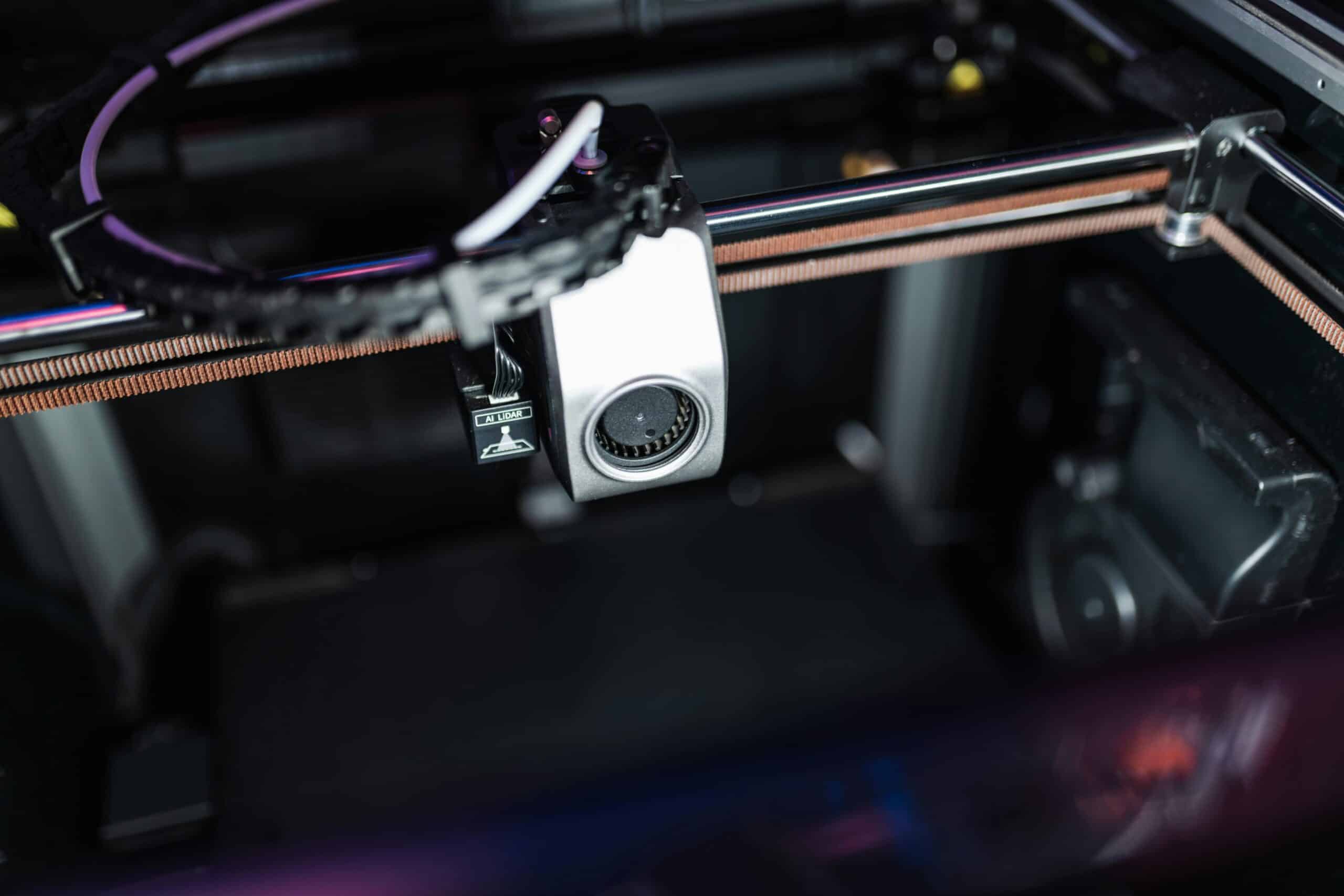IoT and Additive Manufacturing Work Together in Industry 4.0
Industry 4.0 is transforming manufacturing with smart technologies, connectivity, and automation. Among these, Additive Manufacturing (AM) and the Internet of Things (IoT) are playing a pivotal role in increasing efficiency, reducing waste, and optimizing production. But how exactly do these two technologies work together, and what advantages do they bring to modern manufacturing?
We explore the synergy between IoT and Additive Manufacturing, their impact on industries, and how businesses are leveraging these technologies to innovate quicker than ever before.
Understanding IoT and Additive Manufacturing
What is IoT?
The Internet of Things (IoT) refers to a network of interconnected devices that collect, share, and analyze data in real time. In manufacturing, IoT sensors and systems provide valuable insights into equipment performance, material usage, and production efficiency.
Once in action, production sites are able to transform into “dark factories,” operating with little-to-no human input—so long as the equipment used is highly automated.
What is AM?
Additive Manufacturing (AM), commonly known as 3D printing, builds objects layer by layer using digital models. AM enables rapid prototyping, custom production, and significant material savings compared to traditional manufacturing.
Not only is AM able to produce efficiently; many suppliers offer end-to-end software-hardware solutions, allowing customers to input rough CAD models that are then optimized for strength, lightweighting, and efficiency before going to production.
How IoT and Additive Manufacturing Work Together
IoT and AM complement each other in several key areas, enhancing productivity, quality control, and predictive maintenance. Here’s how they work together:
- Real-Time Monitoring and Data Collection
IoT-enabled sensors embedded in 3D printing technology collect data on parameters like temperature, humidity, and material usage. This real-time data helps manufacturers optimize printing conditions for better accuracy and consistency.
Example: By understanding environmental factors, operators can be alerted to required changes quickly. Equipment like curing lights for adhesives can also be recalibrated automatically to maintain higher quality standards and reduce waste.
- Predictive Maintenance and Reduced Downtime
IoT-powered predictive maintenance detects potential issues in additive manufacturing machines before they cause failures. Sensors analyze vibration, heat levels, and wear-and-tear patterns to alert operators of necessary maintenance.
Example: A factory using IoT-enabled 3D printers can edit real-time production plans for the day and following days, ensuring maintenance happens with minimal disruption to customers.
- Supply Chain Optimization and Smart Inventory Management
Integrating IoT with AM helps manufacturers monitor raw material availability and optimize supply chains by producing parts on-demand rather than keeping large inventories.
Example: Automotive manufacturers use smart 3D printing hubs connected via IoT to print replacement parts only when needed, reducing warehouse costs and waste.
- Enhanced Quality Control and Defect Detection
IoT sensors combined with AI-powered analytics improve quality control in additive manufacturing by detecting defects in real time. This prevents defective products from moving further down the supply chain, reducing waste and costs.
Example: During visual inspection, sensors can detect defects like excess material that require reworking. The 3D printer can be instructed to adjust dispensing speed or recalibrate itself, ensuring future parts meet quality standards.
- Remote Operation and Smart Manufacturing
With IoT integration, AM systems can be monitored and controlled remotely, allowing operators to make adjustments from anywhere. This enables smart factories to operate 24/7 with minimal human intervention.
Example: Aerospace manufacturers commonly use cloud-connected 3D printers to track production remotely and adjust parameters based on live data insights.
Business Benefits of Combining IoT and AM
Companies adopting IoT and AM in Industry 4.0 experience several advantages:
- Increased Efficiency: Automated monitoring and predictive maintenance reduce machine downtime.
- Cost Savings: On-demand production lowers material waste and inventory costs.
- Faster Time-to-Market: On-demand production at high quality levels enables companies to outcompete traditional manufacturers.
- Sustainability: Smart AM reduces waste and energy consumption, promoting eco-friendly manufacturing.
Challenges and Considerations
While IoT and AM offer many benefits, businesses must consider:
- Cybersecurity Risks: Connected devices pose potential security vulnerabilities.
- Integration Costs: Upgrading legacy systems can require significant capital investment. Many cutting-edge AM suppliers provide related services to bridge knowledge gaps in-house, potentially increasing operating costs.
- Data Management: Handling vast amounts of sensor-generated data requires robust infrastructure.
The integration of IoT and Additive Manufacturing is driving Industry 4.0, making manufacturing smarter, more efficient, and cost-effective. Companies investing in these technologies today will be better positioned for the future.
Are you using AM or IoT but lack the technical insight to reap all the benefits? Whether it’s a consultant for a transformation project or an in-house expert engineer, our network across the US and Europe in manufacturing can help.
Contact jonthan@akkar.com to discuss how we can find you critical Industry 4.0 talent.







